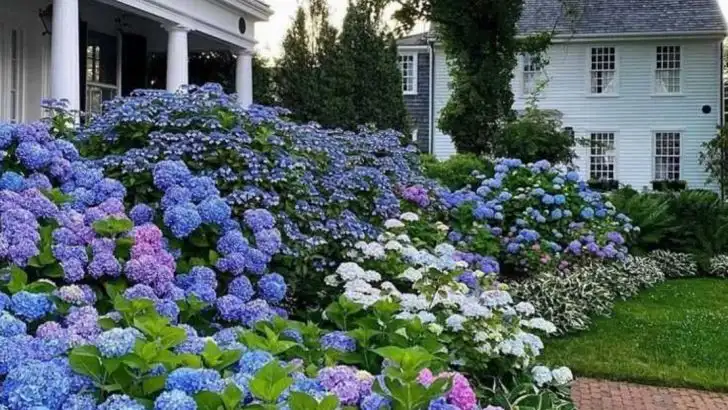Every garden has one: that awkward, neglected, or downright ugly corner that no amount of sweeping seems to fix. Whether it’s a patch of dry soil, a view-blocking utility box, or an empty space behind the shed, it can quietly ruin the vibe of an otherwise beautiful space.
The good news? Plants can be your best disguise artists.
From fast-growing climbers that cover eyesores in weeks to lush container combos that draw the eye away, there are clever, low-effort ways to turn those problem spots into highlights. And you don’t need to be a landscape designer to pull them off—just the right plant, in the right spot, with a little creative thinking.
In this article, you’ll discover 17 practical and beautiful plant-based ideas to transform the corners you’ve been ignoring into spaces you’ll be proud to show off.
Let’s start covering up what doesn’t need to be seen—with plants that do all the hard work for you.
Climbing Roses
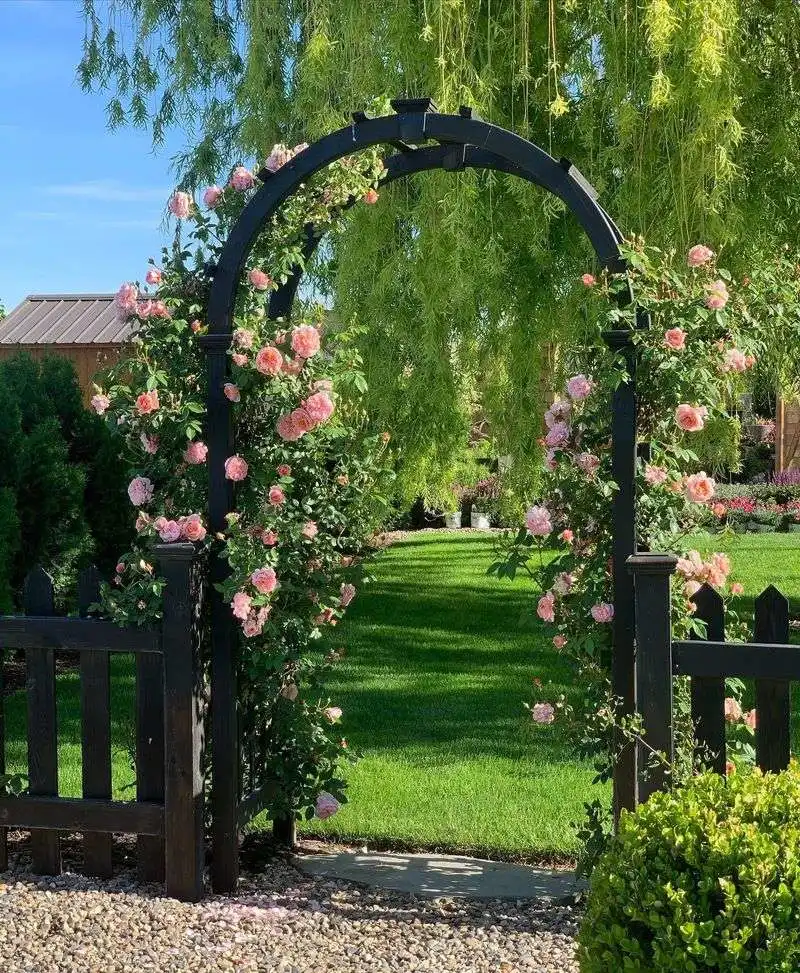
Imagine a garden corner draped in the natural elegance of climbing roses. Known for their vigorous growth, these roses can quickly cover unsightly walls or fences. Their blossoms add a charming burst of color, making any corner a visual delight.
With countless varieties to choose from, you can pick colors that complement your garden’s theme. They not only hide imperfections but also create a romantic atmosphere. Did you know? Climbing roses have been a symbol of love and beauty throughout history, often featured in poetry and art. Truly, they turn any space into a poetic landscape.
Bamboo
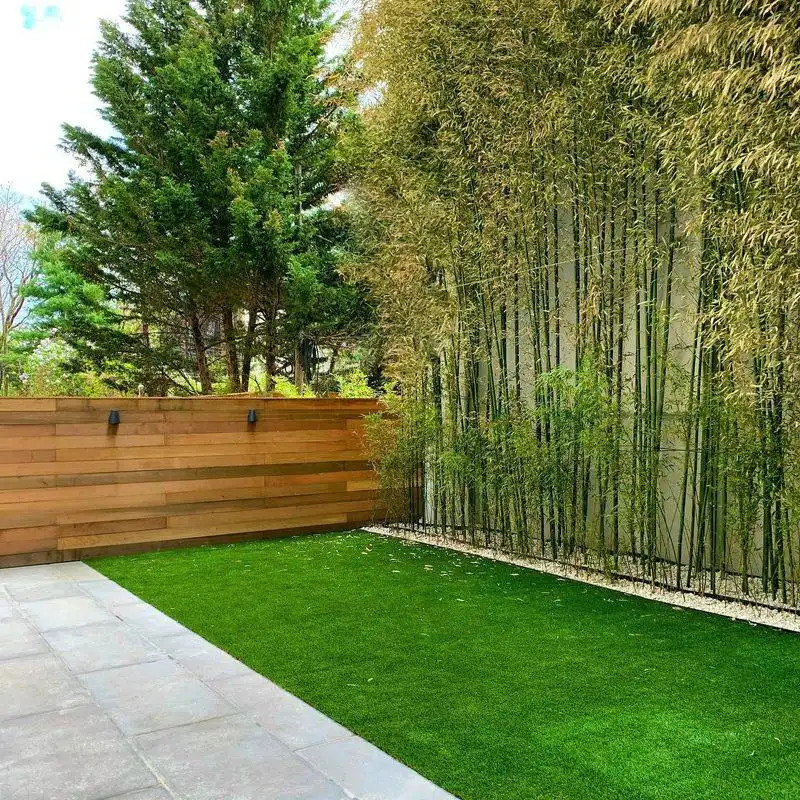
Tall and graceful, bamboo makes an excellent screen for hiding less-than-attractive garden corners. Known for its rapid growth, it can form a lush wall quickly, offering a touch of exotic elegance.
Its rustling leaves bring a sense of tranquility, reminding us of serene Asian landscapes. Bamboo is not only a privacy screen but also a sustainable choice, with some species growing over a foot a day. Did you know? In many cultures, bamboo symbolizes strength and resilience, making it a meaningful addition to any garden.
Hostas
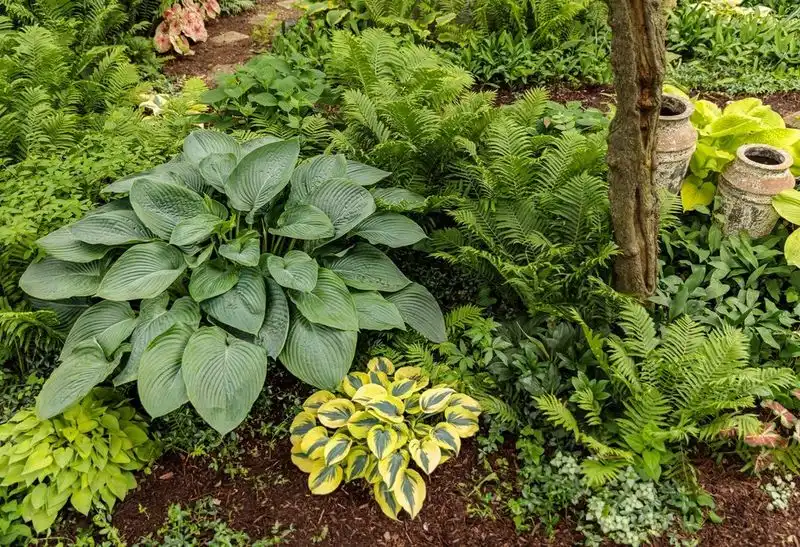
In search of beauty beneath the shade? Hostas are your answer. Their large, textured leaves come in a variety of greens and blues, perfect for shady corners that need a bit of life.
Hostas thrive where others struggle, turning neglected spots into highlights. These low-maintenance plants require minimal care, making them a favorite among gardeners. Fun fact: Hostas are sometimes called “plantain lilies,” though they are not related to lilies. They’re a classic choice for adding texture and interest.
Hydrangeas

Known for their spectacular blooms, hydrangeas are a show-stopper. These flowering shrubs offer a variety of colors, from soft pastels to vibrant hues, depending on the soil’s pH.
They can effortlessly fill and brighten any garden corner. With proper care, they can bloom throughout the summer, acting as a continuous source of beauty. Did you know? Hydrangeas were first cultivated in Japan, and their name means “water vessel” in Greek, highlighting their need for adequate moisture.
Ferns

Ferns bring a sense of ancient tranquility to any space. Their delicate fronds can transform a damp, shady corner into a verdant retreat.
These plants have been around for millions of years, thriving in conditions where others cannot. They require little maintenance, and their rich green color can brighten even the gloomiest spots. Did you know? Ferns are one of the oldest plant groups on Earth, with a rich history dating back to prehistoric times.
Lavender
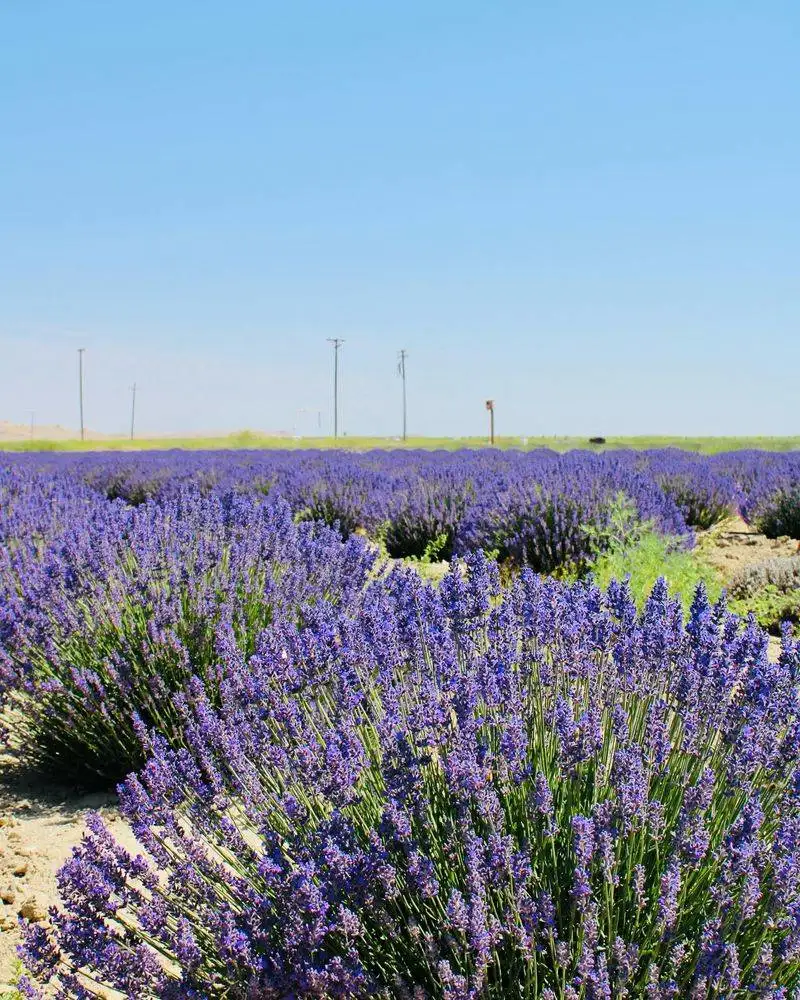
Lavender, with its aromatic blooms and silvery foliage, adds a touch of Mediterranean charm. Perfect for sunny corners, it thrives in well-drained soil and offers a delightful fragrance.
Beyond its beauty, lavender attracts pollinators like bees and butterflies, adding life to your garden. Fun fact: Lavender’s soothing scent has been used in aromatherapy for centuries to promote relaxation and stress relief. It’s a perfect blend of aesthetics and utility.
Ornamental Grasses

Ornamental grasses bring movement and texture to garden corners. Their swaying blades and varying heights can add depth and interest to otherwise dull spots.
They are easy to grow and require minimal care, making them a practical choice for busy gardeners. Did you know? There are thousands of ornamental grass species, each offering unique textures and colors throughout the seasons, from deep greens to golden browns.
Boxwood Shrubs
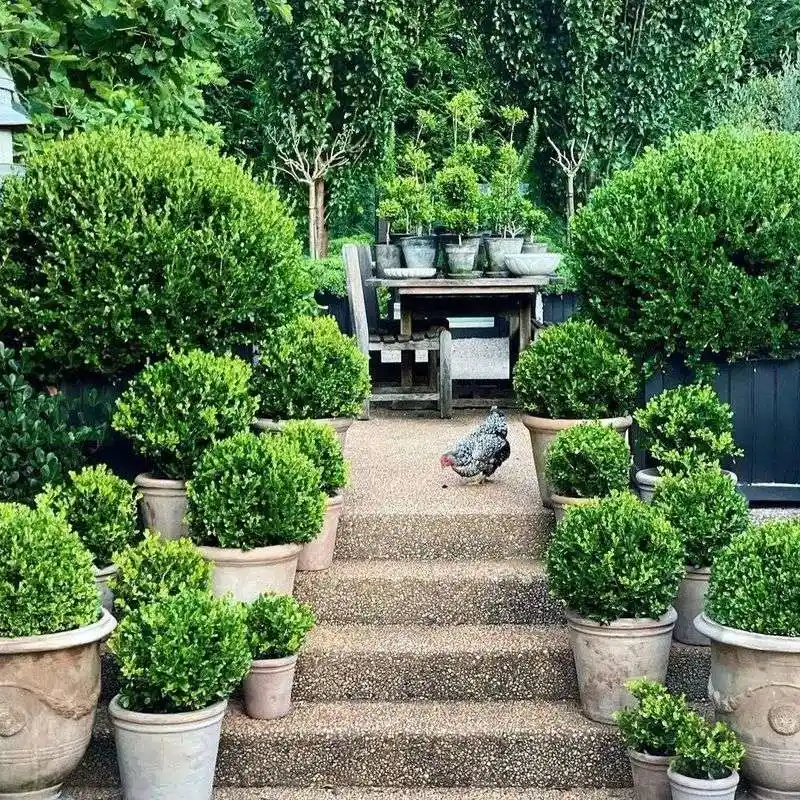
Boxwood shrubs are the ultimate choice for creating structured elegance. They can be shaped into hedges or topiaries, providing a clean, classic look to garden corners.
These evergreen shrubs are perfect for year-round interest and require only occasional pruning. Their dense foliage can mask any imperfections, offering a timeless appeal. Fun fact: Boxwoods have been used in formal gardens since Roman times, symbolizing order and discipline.
Ivy

Ivy is perfect for covering vertical surfaces with a lush, green carpet. It’s a great option for garden corners needing a touch of mystery.
This hardy plant can thrive in various conditions, providing a sense of depth and history. Did you know? Ivy has been associated with fidelity and eternity in various cultures, often seen in historic gardens and architecture.
Sunflowers
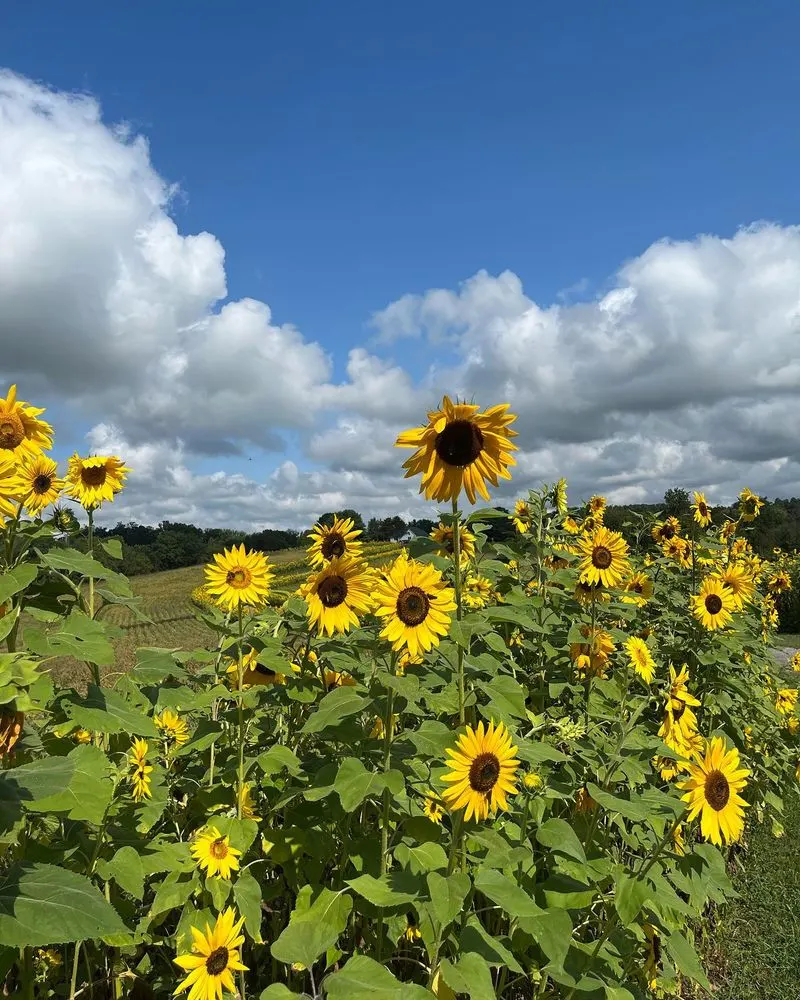
Few plants capture the essence of summer quite like sunflowers. Their towering stems and cheerful blooms can quickly brighten any garden corner.
Beyond their beauty, they provide seeds for birds and other wildlife, adding biodiversity to your garden. Did you know? Sunflowers track the sun’s movement across the sky, a phenomenon known as heliotropism, which makes them even more fascinating to observe.
Wisteria
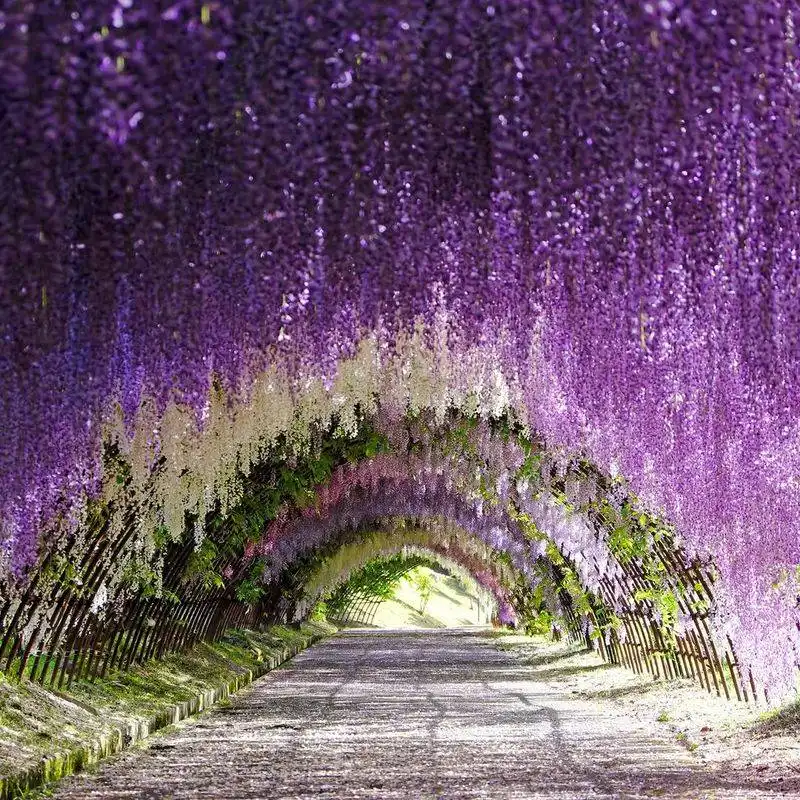
The cascading beauty of wisteria can create a breathtaking display. Ideal for arbors and trellises, its hanging clusters of flowers add a fairytale-like quality to garden corners.
Wisteria requires patience and care, but the rewards are well worth it. Did you know? Wisteria can live for over a hundred years and has been a popular choice in traditional Chinese and Japanese gardens for centuries.
Japanese Maple
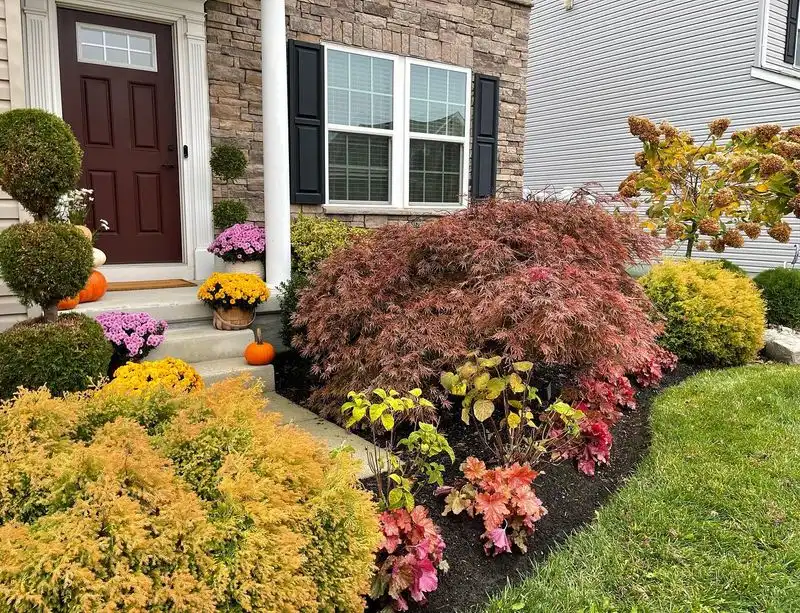
A Japanese maple can serve as a striking focal point in any garden corner. Its delicate leaves and stunning colors change with the seasons, offering year-round beauty.
These trees are relatively low-maintenance, making them a favorite for gardeners seeking elegance without the fuss. Fun fact: Japanese maples have been cultivated in Japan for centuries, revered for their delicate beauty and symbolic significance.
Herb Spiral
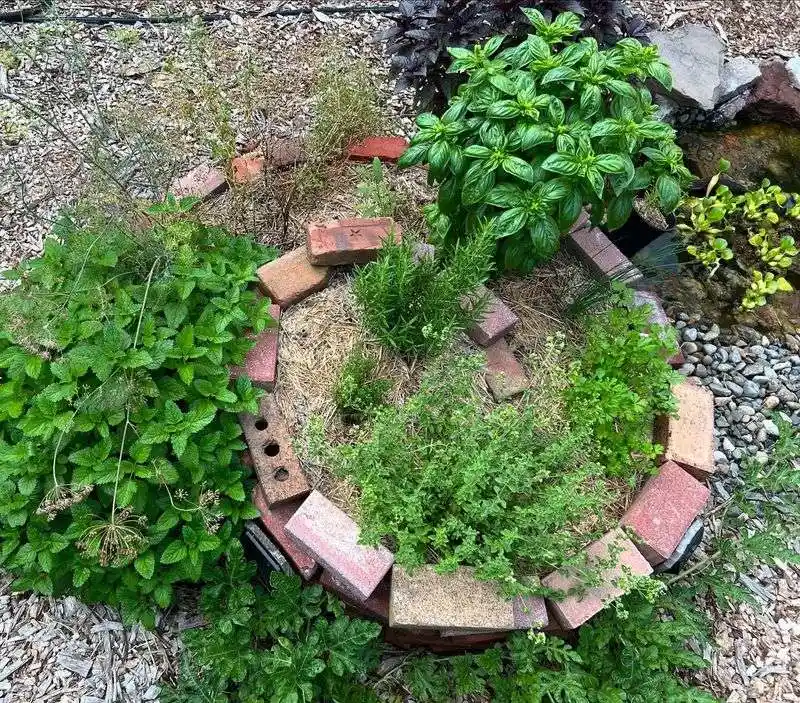
An herb spiral is both functional and beautiful. By planting herbs in a spiral shape, you maximize space and create a visually interesting feature.
This design allows for different microclimates, perfect for growing a variety of herbs in one area. Besides being practical, it’s a creative way to enhance a garden corner. Did you know? The concept of herb spirals comes from permaculture, focusing on sustainable and efficient gardening practices.
Succulent Wall

A succulent wall is a modern twist on traditional gardening. By using vertical space, you can create a vibrant tapestry of colors and textures.
Succulents are low-maintenance and water-efficient, perfect for busy gardeners. This living wall can transform a dull corner into a contemporary masterpiece. Fun fact: Succulents store water in their leaves, allowing them to thrive in arid conditions, making them ideal for drought-prone areas.
Clematis
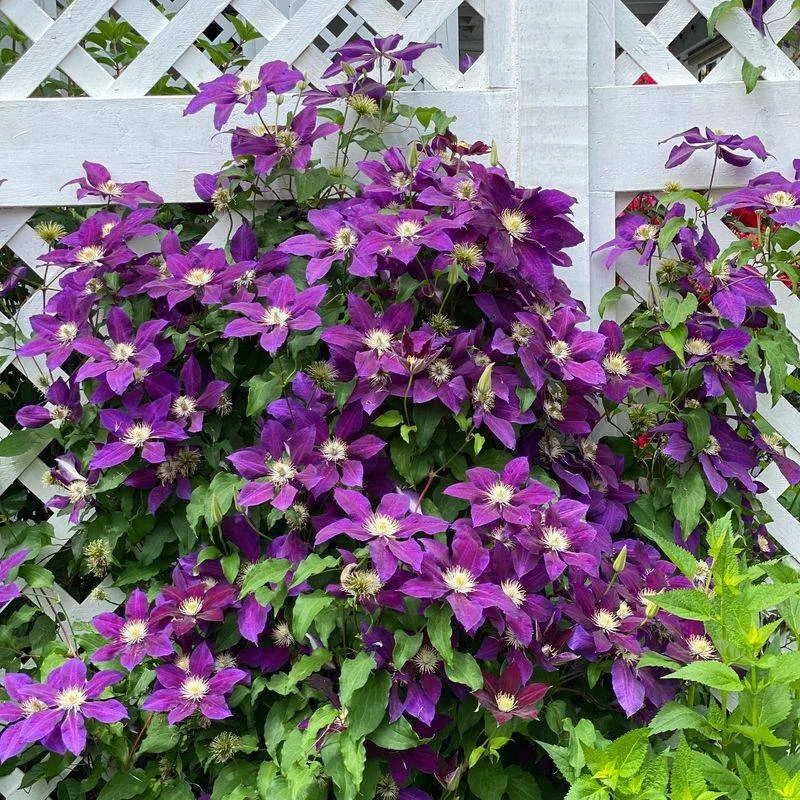
Clematis vines offer an explosion of color and can cover unsightly structures with ease. Known for their vibrant blooms, they add a touch of drama to any garden corner.
These vines are versatile, growing vertically and adding height to your space. Did you know? Clematis is often called the “queen of climbers,” renowned for its ability to create stunning floral displays in gardens worldwide.
Hollyhocks

Hollyhocks stand tall and proud, bringing a cottage garden feel to your outdoor space. Their towering stalks and colorful blooms can soften the look of harsh fences or walls.
These biennials are easy to grow, making them a great choice for gardeners seeking height and color. Did you know? Hollyhocks have been cultivated since ancient times, often featured in medieval gardens and still loved today for their old-world charm.

